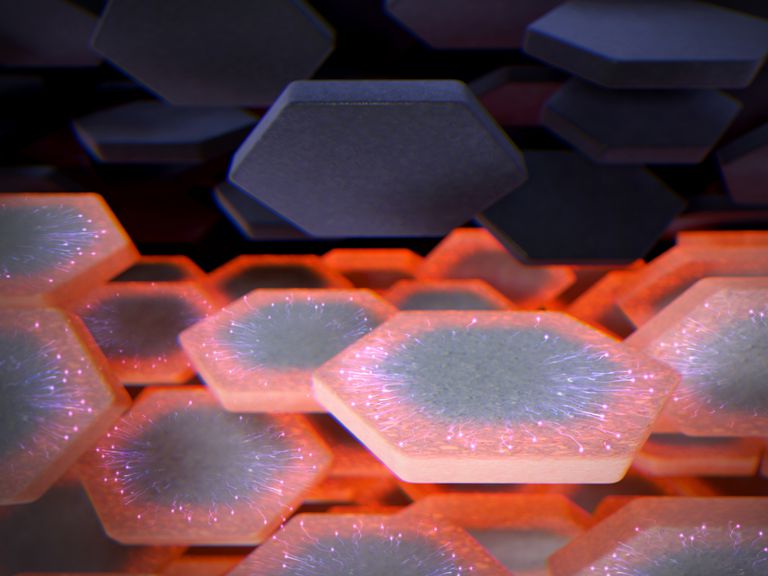If you’ve ever used a smartphone for more than a year or two, you know that the lithium ion batteries degrade over time and refuse to hold a charge like they used to when they were new—but the reason why has been little understood. But research published today in Nature Materials could have a few answers.
A group of researchers at Stanford University, the University of Bath, and MIT used the SLAC National Accelerator Lab’s facilities at Stanford to monitor the movement of ionic lithium through batteries, charting its course.
William C. Chueh, an assistant professor at Stanford who performs research at SLAC describes batteries as, fundamentally, a negatively charged electrode, a positively charged one, and a separator in between the two. This creates an area of high energy and an area of low energy that lithium ions move between. The lithium is stored in a solid state, but moves through a liquid into the solid reservoir.
Lithium was thought to be anisotropic in these states, which means it has a preference for how it moves through the battery. But as it turns out, that’s not entirely the case. Instead, it plots a messy course, leading to areas where it creates a hot spot in the battery. This damages the battery, reducing its power storage capacity, given how heat is a battery’s worst enemy.
“We used very powerful X-rays from an accelerator, and we’re using these X-rays to look into these individual nanoparticles,” Chueh says. “Our original expectation was that lithium moves in certain directions only. We actually saw lithium move in the direction it’s not supposed to move.”
One of the problems could be that our understanding of the movements of the lithium compounds used in batteries is rather poorly understood, especially because looking at the ions at nanoscale hasn’t been possible until recently.
As Chueh puts it, “Previous models don’t really explain how the liquid interacts with the solid. Kind of like in space, we think about how the particle behaves in a vacuum. But a battery doesn’t operate in a vacuum—it operates in a liquid.”
But there is good news—by understanding all of the transport pathways of lithium, the team can help build a smarter battery. “Our conclusion from the paper is that in order to have good lithium transport, then you need to till this transport pathway—not turn it on but turn it off,” Cheuh says. This includes designing selective transport channels, additional shielding on batteries, or a battery additive that would prevent against corrosion or the formation of hot spots.
This, in turn, could help increase the efficiency and longevity of batteries that go in hybrid and electric vehicles, and rechargeable batteries designed to store solar energy when the sun isn’t out. These sorts of changes may take more than a decade to show up in batteries—but the team is hopeful that their research is adapted into battery manufacturing. And beyond this, there’s still plenty to learn.
“Despite batteries being so ubiquitous, people don’t know how they work,” Chueh says. “It’s kind of a miracle batteries work at all.”
Source: Nature Materials, DOE, SLAC National Accelerator Laboratory https://www.popularmechanics.com/science/energy/a23135177/lithium-ion-battery-degradation-study-nature/
If you have more questions, please contact me with: lulu@newarebattery.com https://www.facebook.com/batterytester.neware
Comments are closed.










